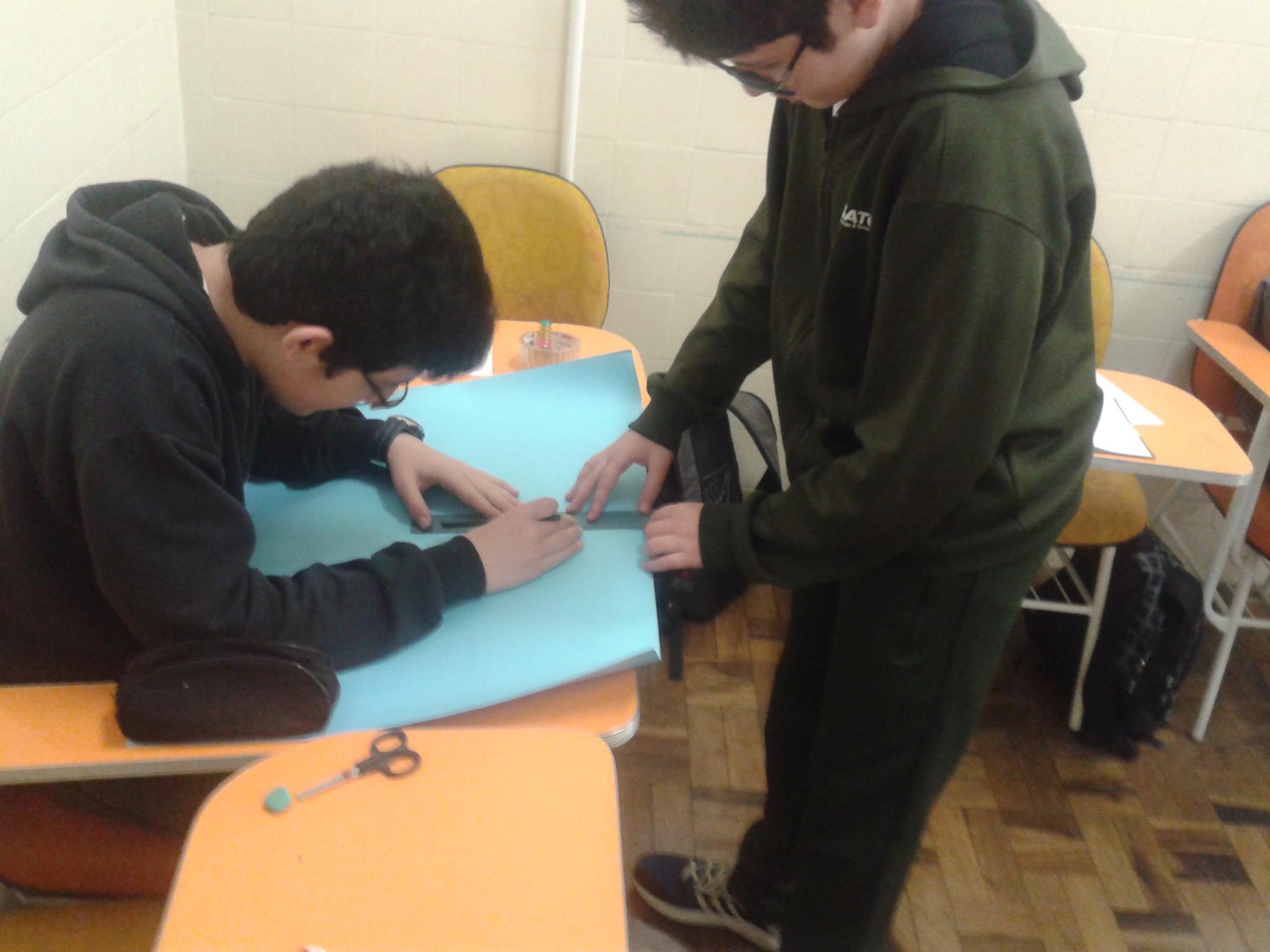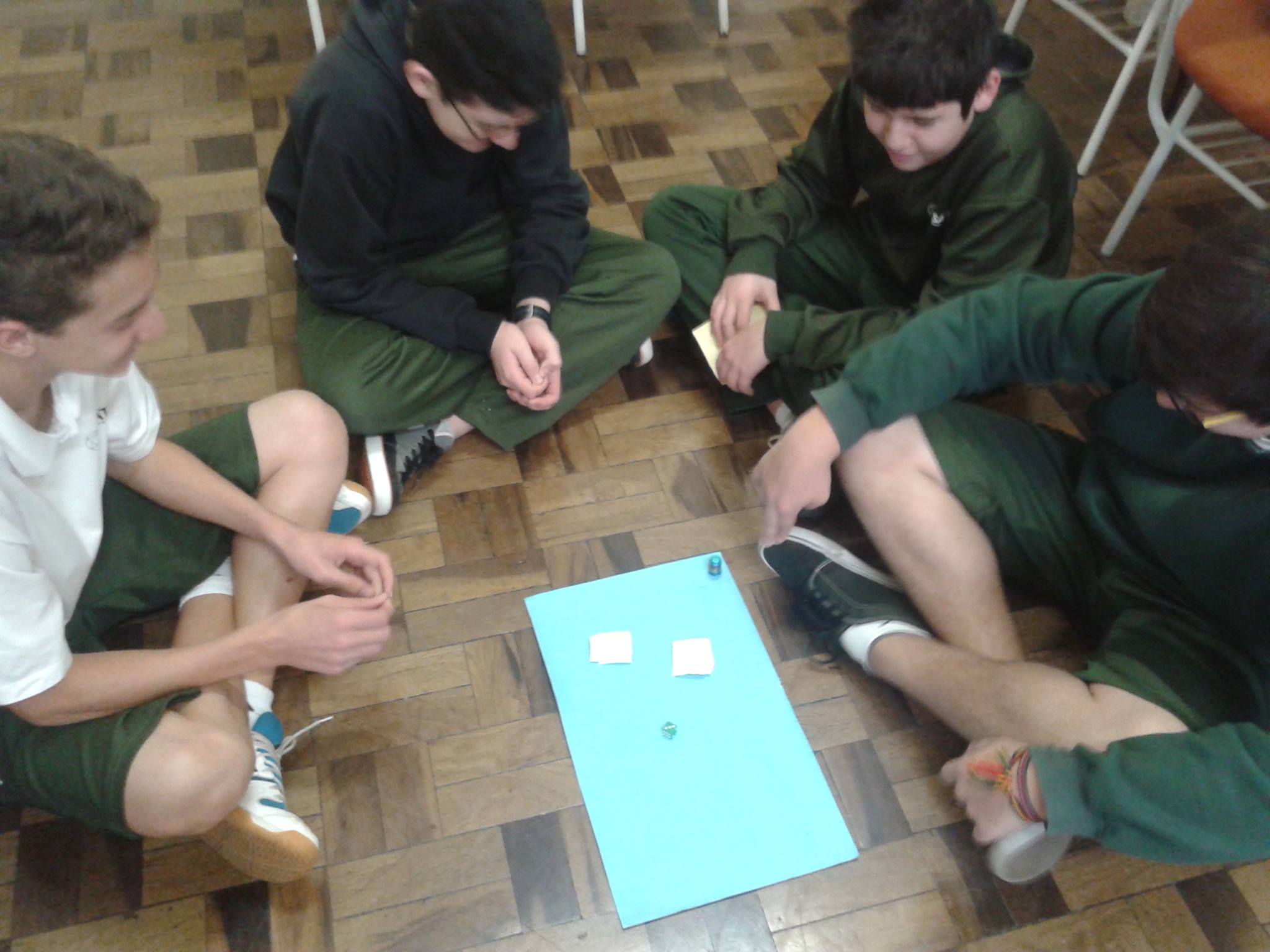This is the second year-end issue of the iTDi Blog, in which Rose Bard, Matthew Noble, and Naoko Amano discuss the changes and challenges they’ve faced in 2015 and offer a way forward.
|
|
|
|
This is the second year-end issue of the iTDi Blog, in which Rose Bard, Matthew Noble, and Naoko Amano discuss the changes and challenges they’ve faced in 2015 and offer a way forward.
|
|
|
|
 by Rose Bard
by Rose Bard
As a longlife learner, I realize that learning never ceases. This year was especially insightful as I am now finally able to make a better sense of the interactions that occur in my classroom. It might sound obvious that unless the people in the classroom are present in the moment, learning cannot take place. Yet in practice, more often than not that is exactly what we forget. Placing most of our attention on the content, we are so concerned with teaching that we might dismiss learning. Meanwhile, learning truly happens when we focus on the people in the room, instead of looking for methods and magical formulae that are supposed to make students comply to our way of teaching.
Nowadays teachers often rely on various online resources, but I feel that they lack the human touch and cannot provide learners with a way to connect to one another and the teacher. However, a classroom can do all that. A classroom, in which the teacher is not “the expert” but rather a more experienced learner. A classroom, in which everyone has something to offer. It’s also true that even such “ideal” classroom can become a boring place to be in, especially for teenagers struggling to connect with each other. It was through what teens like the most – games – that my students and I managed to connect this year.
Learners as creators, teacher as designer of learning experiences

In the end of the second bimester, I decided to propose a task that required my 9th grade students to design a game. I gave them an objective to test whether the players understood the story, and we discussed the concept of playability. Soon after they started working towards meeting the goal, I came across Jeffrey Kuhn’s work on designing board games for language learning (I wrote about my experience with it in detail on my blog here). After watching his presentation, I came into my class knowing more about game design and ready to learn from my students while mediating the process of game creation. It was then that I found on the website of Institute of Play the principle of iteration, which helped me shift the focus from content to experience. According to this principle, when we have an opportunity to experience something by trying it out many times and evaluating the experience in order to make changes, not only do we master the content but also think critically and look for alternatives and new strategies.
Playing any game can also be frustrating if the challenge is too much for the student and there is no real chance of achieving something. Well-designed experiences make sure that there is enough room for growth. Therefore, designing games helps us explore the competences and abilities that can be applied in other areas of our lives. When we develop a playful spirit, challenge becomes an array of possibilities rather than a problem that makes us to get stuck and give up. In my own class, I haven’t yet found a better way to promote playfulness if not by playing with students myself.
The idea of viewing students as creators complemented another aspect of my teaching, which is teaching by generating dialogue, discussing issues, and finding solutions together. The safe space of our lessons, in which learners were encouraged to collaborate and create together, empowered them in such a way that I didn’t have to deal with discipline or boredom. All I had to do was invite them to become creators of a game and mediate it whenever they needed help to move forward. As long as they understood the task, they were able to take ownership and invest in the task. Needless to say, they were also excited to see what others thought of their games, play games that their peers created, and give their own opinions.

I did not realise until this year how drawing from what learners are most familiar with, games, could be a great way to help me understand the new challenges we face as teachers. I now accept that games are an important teaching tool which should be explored in order to develop a community of learners. What made my teens become even more motivated to learn words they needed to understand stories was the fact that they got engaged with each other through the process of creating and playing games together. They have also realised that they must become more active, and that they can count on their peers as well as me to learn more. I hope that in 2016 you, too, might look at your learners as creators instead of just game players, see for yourself what they can do, and learn to have fun in class together.
 by Matthew Noble
by Matthew Noble
When I heard about the theme for this month’s iTDi blog, I was reminded of a Buddhist story called “The Tip of the Fingernail”. In it, a monk asks the Buddha if there’s anything in the world which is not subject to change. In response, the Buddha picks up a tiny bit of dust with the tip of his fingernail and says, “There isn’t even this much that will stay just as it is”.

Reflecting now on my 2015, this story resonates. What has changed for me this year? What hasn’t! Which changes have impacted how I teach? Which haven’t! I simply can’t seal my teaching away from being influenced by experience and omnipresent change both in my personal life and the world at large. For this blog I’ve chosen three out of the many things which have instigated shifts in my beliefs about teaching and my classroom practices in 2015. They are: moving across the country, participating in an iTDi course with Luke Meddings, and probing a new approach to building a dialogue with trainee teachers.
Moving is moving…
Relocating to a new place usually has a way of being, in one way or another, a “moving” emotional experience. My wife and I moved from Boston, Massachusetts in coastal New England straight across the USA to Tacoma, Washington in the wet but wonderful Pacific Northwest. I’ve both cried for missing ‘home’ there, and laughed joyfully feeling at ‘home’ here. How has this impacted my teaching? It has increased my interest in and sensitivity to what’s really going on in the lives of my learners outside of class. Everybody in the room is going through something just like me. Earl Stevick wrote that “success depends less on materials, techniques, and linguistic analysis and more on what goes on inside and between the people in the classroom”. I think that I’d previously accepted this intellectually, but after this year it feels like a guiding ethic to bring to the task of teaching. I’ve also realized that movement can be a multi-faceted guiding principle. I now make sure to have students stand, walk, and gesture much more while doing tasks, because we’re so often moving when we’re talking, aren’t we? I also try to be more attentive to what ‘moves’ my learners emotionally, aware that even tears can be safely shed when the classroom invites real life and learners feel comfortable enough to share what’s most important to them with their classmates and teacher.
Space is the place…
I attended my first iTDi advanced course in 2012 with John F. Fanselow’s “Breaking Rules Live” and have counted on iTDi for online professional development opportunities to refresh, renew, and inspire my teaching and teacher training work ever since. This year I was lucky to be able to participate in Luke Medding’s course “Learning Space: A Guide to Unplugged Teaching”. It was an experience that had a deep impact on my teacher beliefs and resulting behavior. Luke’s “Learning Space” concept was both subject and object throughout the class. During the live sessions there was a palpable sense of ‘space’ as Luke presented and supported ideas through extremely uncluttered graphic illustrations. He also very consistently spoke in an unrushed way with epic wait time when posing questions… I noticed that it gave me truly sufficient time to consider the input and respond more mindfully and articulately. I could feel, with each passing second, a multiplying sense of trust – trust in the teacher, peers, myself, and in the process of questioning and answering itself. I see now that questions worth asking elicit answers worth waiting for, and so I take into my classroom an enthusiastic appreciation for space and silence as teaching tools par excellence.
I’ll meet you at the mirror…
Working as a trainer on an initial teacher training certificate course, I’m keenly aware that the transmission of expert knowledge “from above” is at the heart of the work. Yet, as I gain my first full calendar year of experience in this role I’m learning that perhaps the most crucial part of my personal function is to instigate dialogue with trainees “from across” as a fellow teacher. Among other things, that means tempering terminology with more plain English, acknowledging emotions, and expressing empathy around challenges as much as possible. We’re digging deeper into the process during guided lesson planning time, and I’m making more room for trainees to share more personal, relatable reflections on teaching practice. What is the impetus for this shift? It’s the spirit and creativity the new teachers consistently bring into ELT. In turns out inspiration and change come from the bottom up!
Each of these three things alone might seem relatively insignificant or even as small as a speck of dust on a fingernail. But if change is a constant, growth is always a possibility. You never know what big or small things will have a meaningful impact, so bring on 2016…and all the change to come!
 by Naoko Amano
by Naoko Amano
Why do I teach English to young learners?
What do I want to do as a teacher of English?
These were the questions that I asked myself this year, but let’s start at the beginning.
I teach English to young learners in my own private school called Yellow Banana in Kishiwada, Osaka. Back in January 2015 I also had a branch school in Izumisano, a town in Osaka Prefecture. I took over classes from my friend as she had moved to Tokyo but didn’t want to dismiss the groups. I had 15 students in Izumisano school and taught them every Tuesday. For our classes, I rented a room in the basement floor of the big city hall. It was a bleak space for learning – no windows, grey walls, no Internet connection. As you might imagine, it was not good enough for teaching, especially for teaching little kids! Every Tuesday I carried boxes full of decorations, colourful posters, and toys to make our room look brighter. After classes finished, I had to take it all down as the city hall required to leave the room empty and clean.
No wonder I wanted to offer a better environment for learning English to all of my students, so I asked the parents if the kids could come to the main Yellow Banana school in Kishiwada. I explained clearly why I thought it was necessary and a better option. However, they could not accept my offer and all those 15 students quit my classes.
I have to confess, I was shocked. I simply was not ready for this answer. As any teacher probably would, I had expected them to want to stick with me, no matter where the classes would be held. The students might have wanted that, too, but they could not. The parents explained that it is too far for the kids to go by themselves, and that is the main reason for them to leave. I realized that there was nothing I could do about it. Yet at the same time, I felt so guilty about taking away the place where the kids were enjoying learning English. Losing students was the biggest thing for me and gave me a reason to think about teaching.
Why do I teach English to young learners? What do I want to do as a teacher of English?
I know that for me teaching English is fun. Using English myself and seeing the students use English is fun, too. I keep looking for new ways to teach English in a fun way… But something was just not right. At that time, I received an offer to write a blog post for iTDi. I was really scared and insecure. After all, I’m just a teacher at a small school, how can I have anything interesting to say?! However, I got warm comments on that post, which gave me the courage and confidence I needed so much.
It was then when I stopped counting what I’d lost and looked at what I had. I realized that there were teachers around who might feel the same way. I had support, many good friends, my family. I was not alone. After feeling down and depressed, I finally regained my energy and confidence and started getting ready for the new school year.
Nine months later, Yellow Banana is still a small English school for kids. My family allowed me to use one of the rooms in our apartment as a “classroom”. I decorated the walls in that classroom with posters, flashcards, and toys. There are shelves with the books I can use, as well as the Internet connection that I can rely on. Both my students and their parents are happy with the new room. As for me, I now have more time to prepare for lessons, I have more time to talk with the kids and parents. What’s more important, I think now I know more about the kids than I did before, I know them better.
So why do I teach English to young learners? What do I want to do as a teacher of English?
Today, I will answer like this. I teach English because I can tell for sure that learning English is being able to learn about anything in the world. I want English to become a language as important and natural as Japanese for my students. With the help of my classes, I want to encourage these kids to live with confidence and have dreams that English can help them fulfill. I am teaching English to see kids’ shining eyes.
The experience I have been through this year helped me to get stronger. Maybe my post is not such a big deal for other teachers, but this is the way for me to express my gratitude to the bloggers, authors, and other teachers who share their lesson ideas and help me learn more about teaching English. The more I get to know about students, textbooks, new ideas, the more I love teaching English.
In this year-end issue of the iTDi Blog James Taylor, Sirja Bessero, and Priscila Mateini discuss the changes and challenges they’ve faced in 2015 and offer a way forward.
|
|
|
|